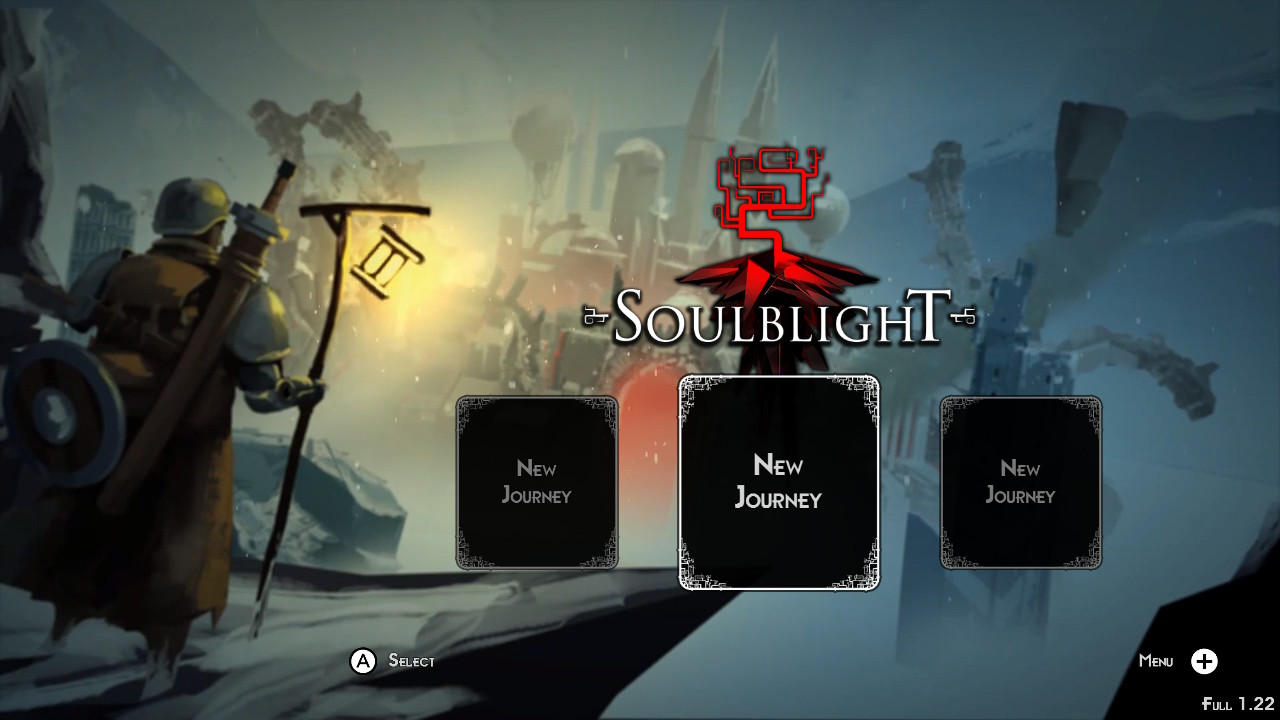Soulblight
Nintendo Switch
Developed By: My Next Games
Published By: My Next Games
Category: Role-Playing, Action, Stealth
Release Date: 10.4.18
My Next Games brings us Soulblight for the Nintendo Switch. Originally released for the PC, Soulblight is a roguelike RPG that eschews traditional experience points gathering for a fairly unique skill tree system of Taints. It’s an interesting approach to character building, but the developers let this innovation overpower more traditional elements of gaming experiences a little bit too much, most notably in the narrative area.
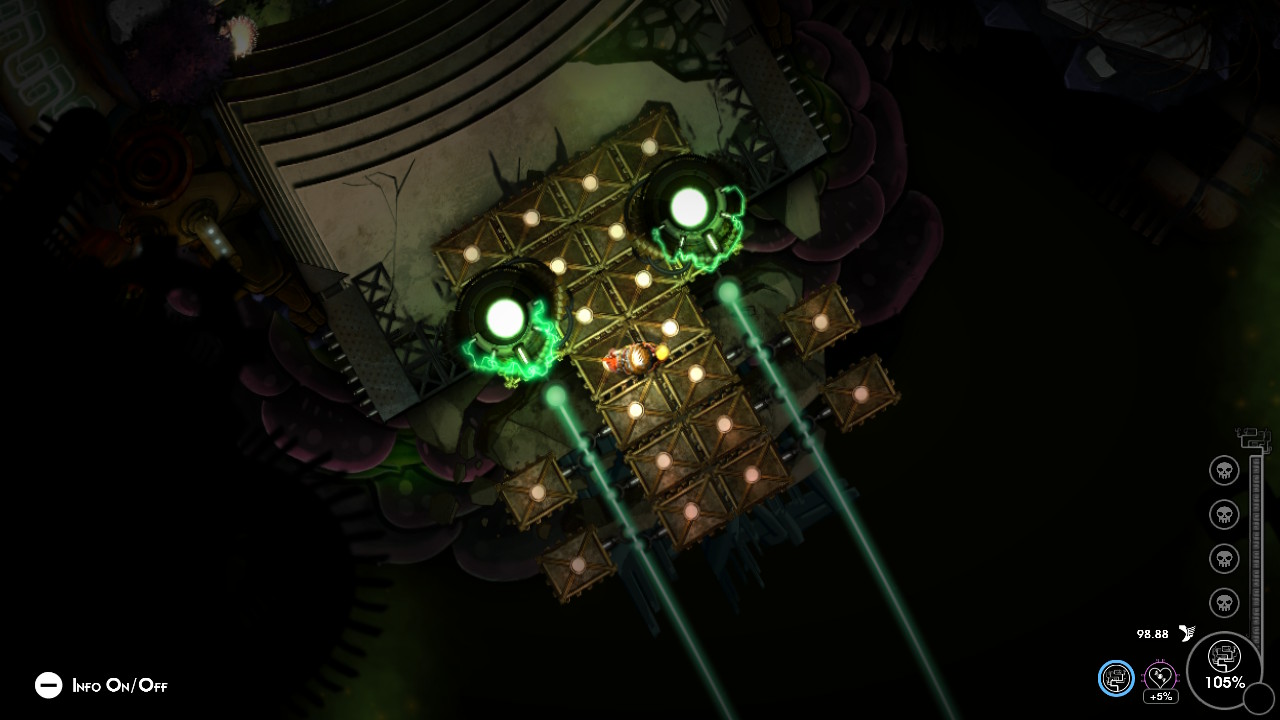
Story
In the beginning, there was the Soul Tree. Man sprang up around it, and the Soul Tree provided mankind with all it needed to grow and prosper. Mankind built a Sanctuary around the Soul Tree to worship it, but succeeded only in cutting it off from the light. The blight grew and corrupted the tree, placing mankind and the world in peril, unless a chosen hero can brave the Sanctuary, purify the blight, and save the tree. As you may have guessed, that chosen hero is you. Lucky.
The game’s story unfolds rather slowly as you progress through the Sanctuary, not that the game is that long (well, an individual successful run isn’t that long. Actually surviving to the end can take a few tries). It comes mostly through NPC chatter and punchcards found throughout the dungeon. It wasn’t an especially engaging part of the game’s experience, at least not in the way the game’s marketing made it sound. The Taint system purports to have a great impact on the main character’s personality, but as we’ll get into later… it really doesn’t. There really isn’t any meaningful character development in the story, or at least not enough to grab my attention.
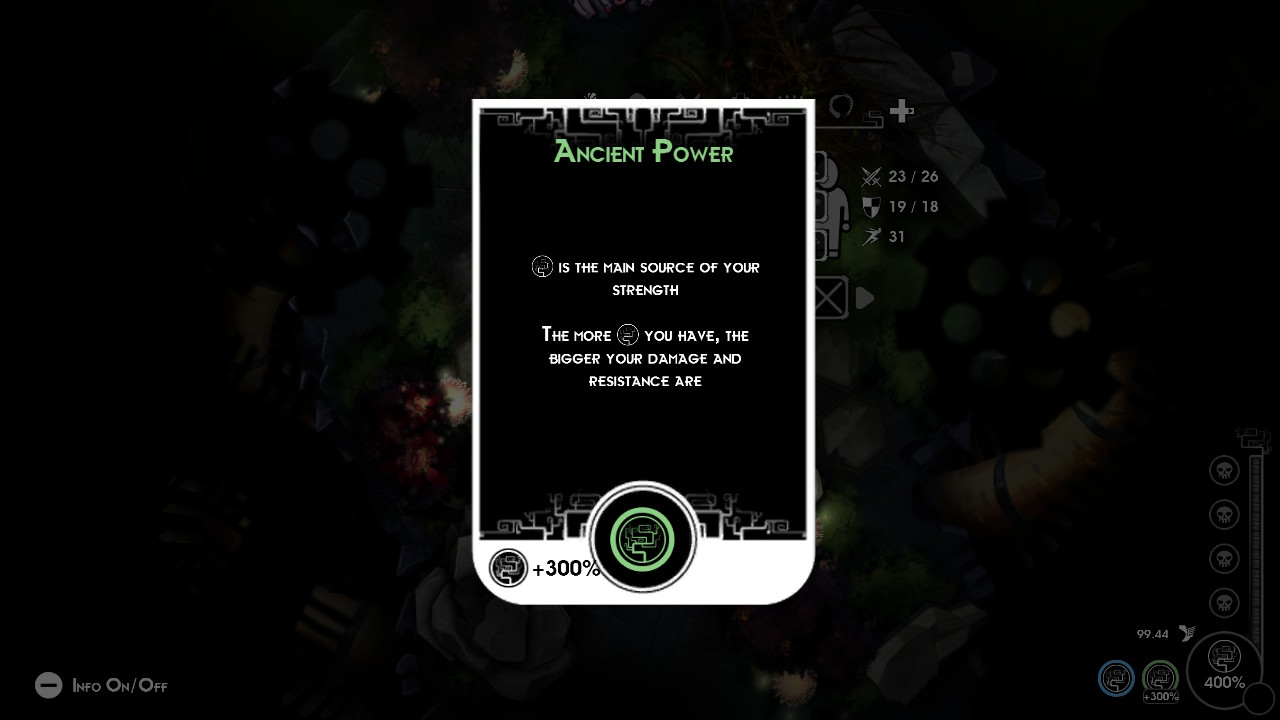
Battle
In many ways, Soulblight plays like a lot of roguelike RPGs. You gather weapons and equipment from chests, permadeath abounds, and fight enemies you come across. Fighting took me a while to get into, but once I found a rhythm it was easier. You can attack, block, grip enemies to keep them from getting away, knock them back when they try to grab you, and dash towards them if they try to escape. There is a stamina ring around your player that fills as you attack and depletes as you don’t, and when it turns red you need to catch your breath and cannot attack for a few seconds. Instead of hit points, there is another damage ring around your character. When it fills, you sustain a wound. Wounds have various negative effects, but can be cured if you have the right type of healing item. You can have up to four wounds and live; if you get a fifth, game over. Some wounds can also get worse over time if you don’t heal them, often leading to death.
The hardest part of battle is determining what types of weapon your opponents are holding. Some weapons can’t be blocked or will break your block if you don’t have the right type of defending items equipped. The game is seen from a top-down perspective, and sometimes different weapons look the same in the heat of battle. It’s a little annoying, but I got over it fairly quickly. Upgrading your equipment will negate this problem as the game goes on.
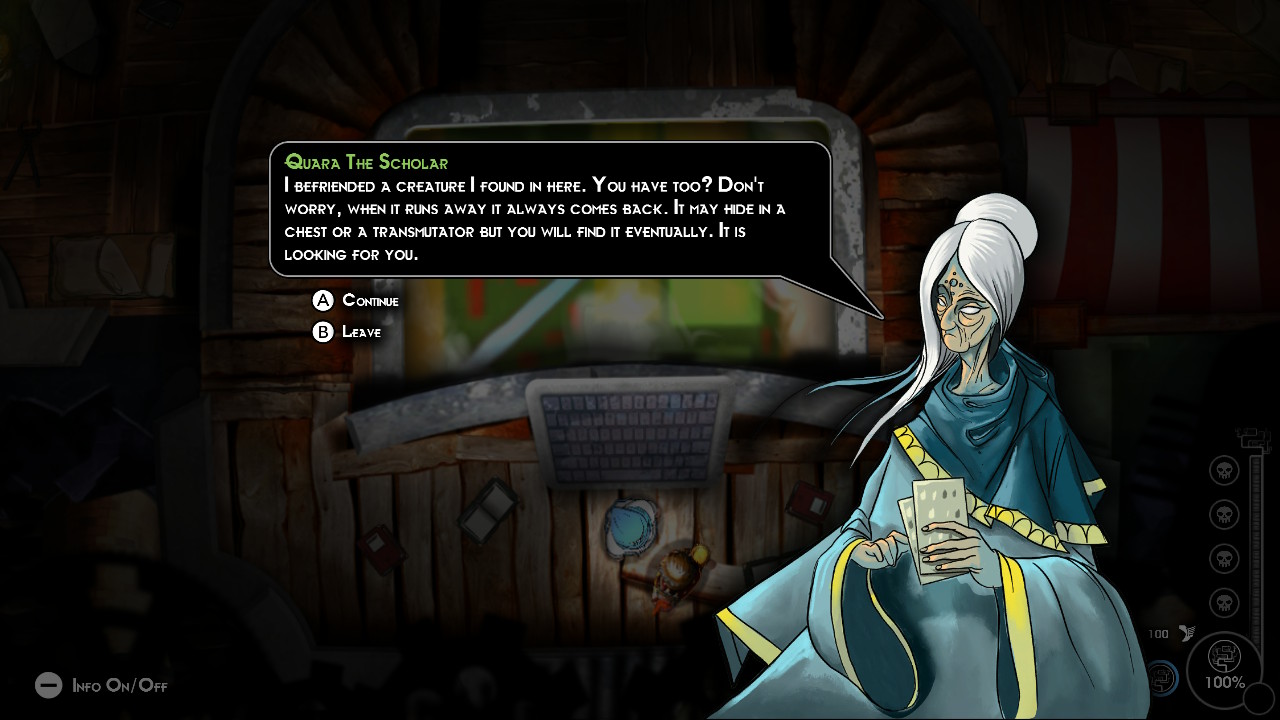
There is also a minor stealth element to combat. Hitting the stealth button will make your character move slowly, but more silently. You can also see your enemies’ field of vision, so as long as you avoid their field and get up behind them you can pull of a stealth kill. Stealth kills are way easier than combat, so that’s something to keep in mind as you go through the game.
The real issue with the battle system is that it’s not that much fun. Stealthing around is the most expedient way to move forward, but it’s not very satisfying. The fighting mechanics sometimes feel a bit janky, making that not always a pleasant experience. But a few missteps in the mechanics can be forgiven if the core of it was fun, and it really isn’t. The top-down angle of the game makes the battles lack any sense of visual dynamism, and things just get repetitive very quickly.
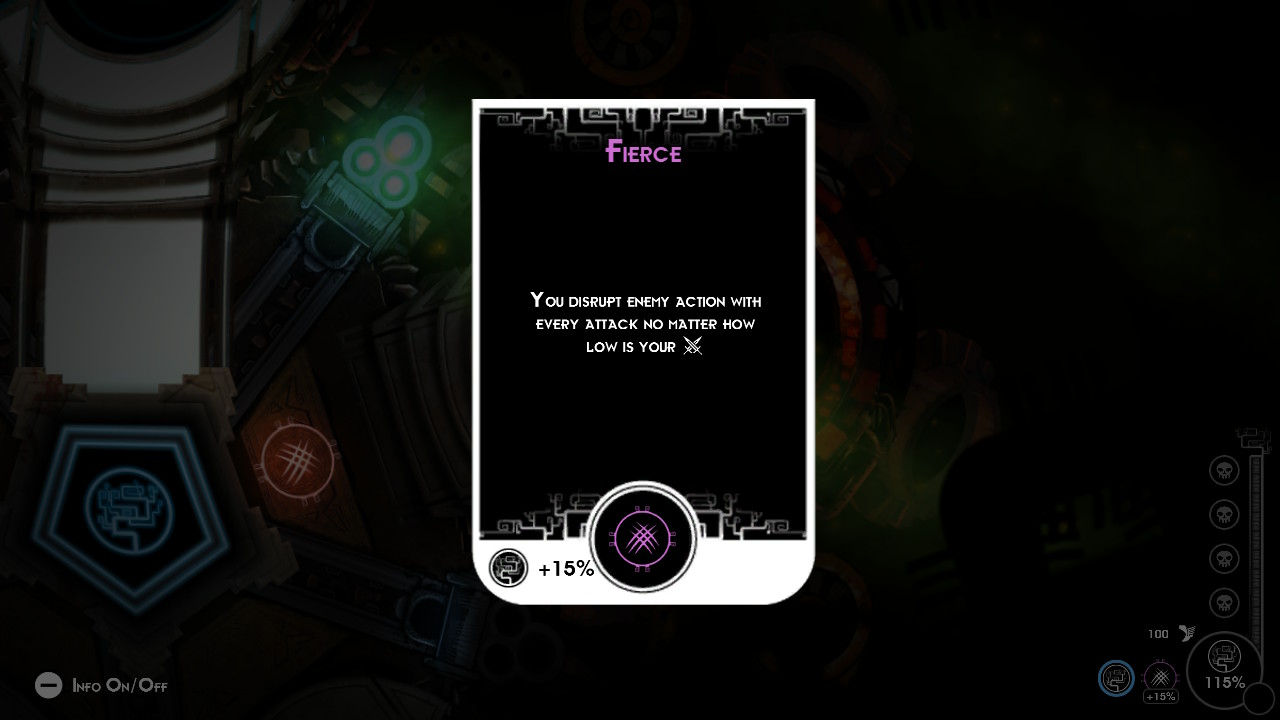
The Taint System
Instead of experience points and levels, Soulblight has a very unique character progression system that makes use of what it calls Taints. Taints are gained at the beginning of each level of the Sanctuary, which turns the Sanctuary itself kind of like a skill tree, which the game’s marketing emphasizes. Ideally, according to the pitch, this allows for customizing a character’s personality along with their skills. In theory, this sounds amazing. In practice, it leaves a little bit to be desired.
First of all, each level has three branches, two of which provide a new Taint. Taking a path with a Taint will grant you that Taint. Taking the empty path will keep you pure, but you don’t get a new ability from your Taint. The Taints are randomly generated, so there is less customization available than I would like. Sure, you get to customize your skill tree somewhat, but you can only choose the choices presented to you, instead of having a full skill tree to navigate like, say, Diablo II. If a Taint you want doesn’t show up, you’re choosing from choices you don’t like.
In addition, the marketing touts that this is how your character’s personality is formed, but… what personality? There is no dialogue between your character and NPCs, only NPCs talking at you. Sure, you can have a Rage and Alcoholic taint, and you’re an angry drunk in theory, but in practice it’s just a set of stats. Sure, you can role-play an angry drunk in your head, but there’s no effect in the game. True role-playing games imply, at least to me, a combination of narrative and gameplay elements, and that is not present here. Taints do affect the ending you receive when you finish the game, but that’s only a small part of the game. The Taint system is a great idea, but it’s not harnessed to its fullest impact in Soulblight.
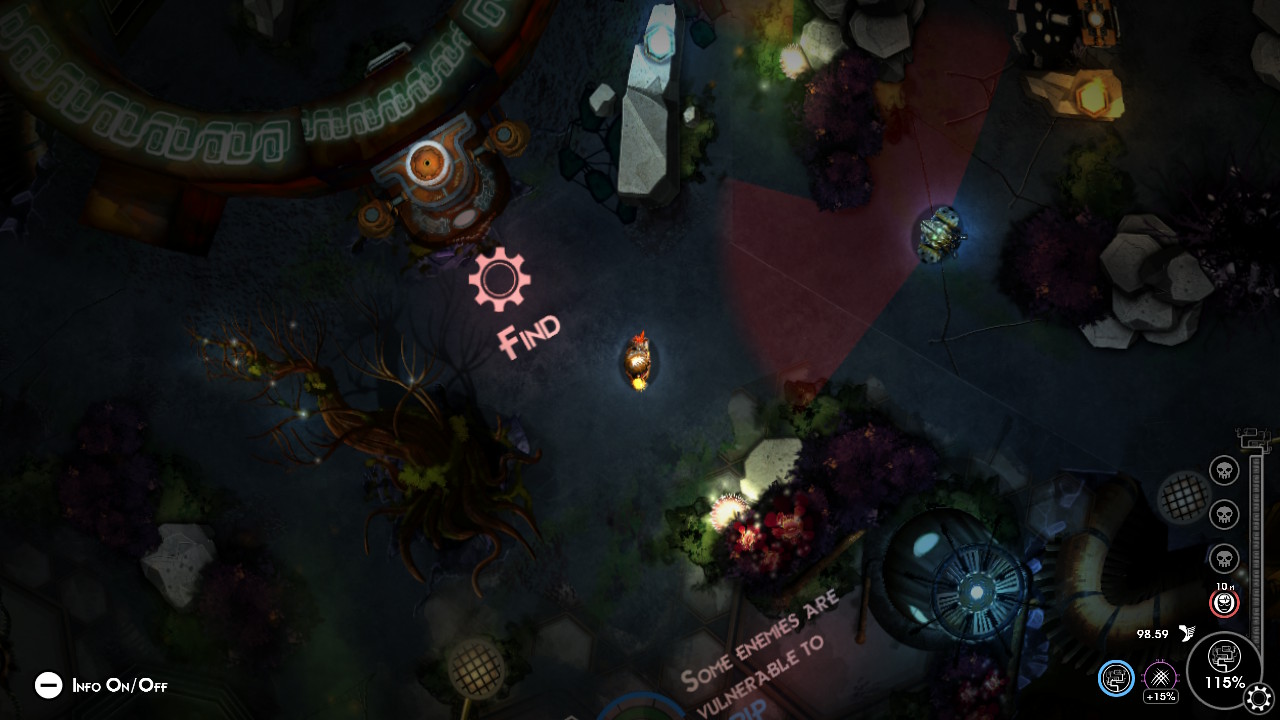
Collecting and Crafting
Like every other game right now, Soulblight has a crafting mechanic. Using alchemy stations located throughout the levels of the Santuary, you can combine ingredients to make healing items, weapons, and armor. You can find recipes in chests or you can just guess. I wouldn’t do the latter, though, as ingredients aren’t exactly in high supply. You can also collect items called punchcards which reveal certain bits of backstory when you bring them back to the starting point.
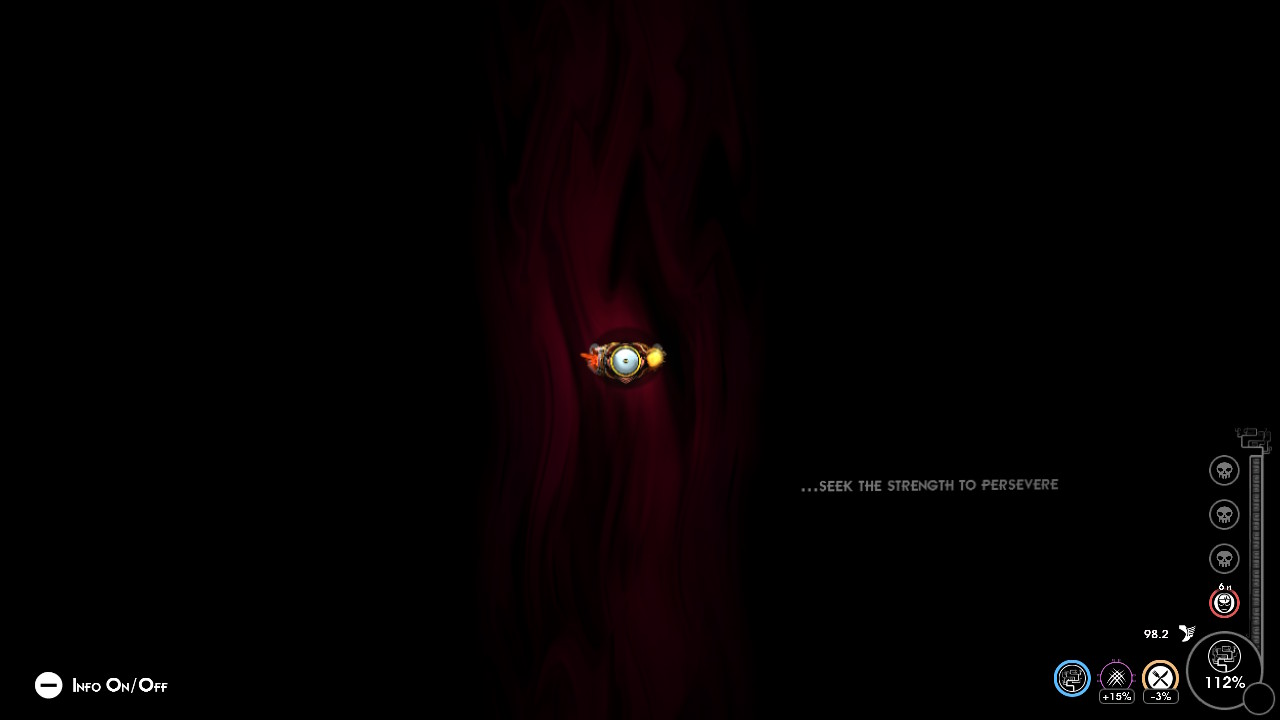
Presentation
For all the faults in Soulblight’s approach to its game world, the graphics are one area where the game shines. Well, not literally, as the game adopts an extremely dark aesthetic, but you know what I mean. The backgrounds are detailed and creepy as hell, building a very engaging and intriguing atmosphere for the game to inhabit. The top-down view makes the character models all a little boring; you just see the tops of their head and shoulders. Nothing looks cool from that perspective. Still, the design of the dungeons is original and engaging, and that’s enough for me. The music and sound effects are likewise creepy and great at building an oppressive atmosphere for the character to struggle against, so full points for presentation.
Playability
Soulblight did not add touch or motion controls for its Switch port, so you can play it docked o undocked as you prefer. Personally, I preferred playing it docked as my TV was better at displaying the dark backgrounds in a way I could actually see. While the atmosphere is a definite highlight of the game, it can occasionally make navigation more difficult than it needs to be. I felt I could see my way around better on a bigger screen, but YMMV.
TL;DR: Great visual design and intriguing character progression mechanic that doesn’t fully deliver on its potential.





Buy Soulblight
$14.99
Follow My Next Games
[Review] Hello Kitty and Friends Happiness Parade – Nintendo Switch

Developed By: Dabadu Published By: Rogue Games Categories: Rhythm Release…

